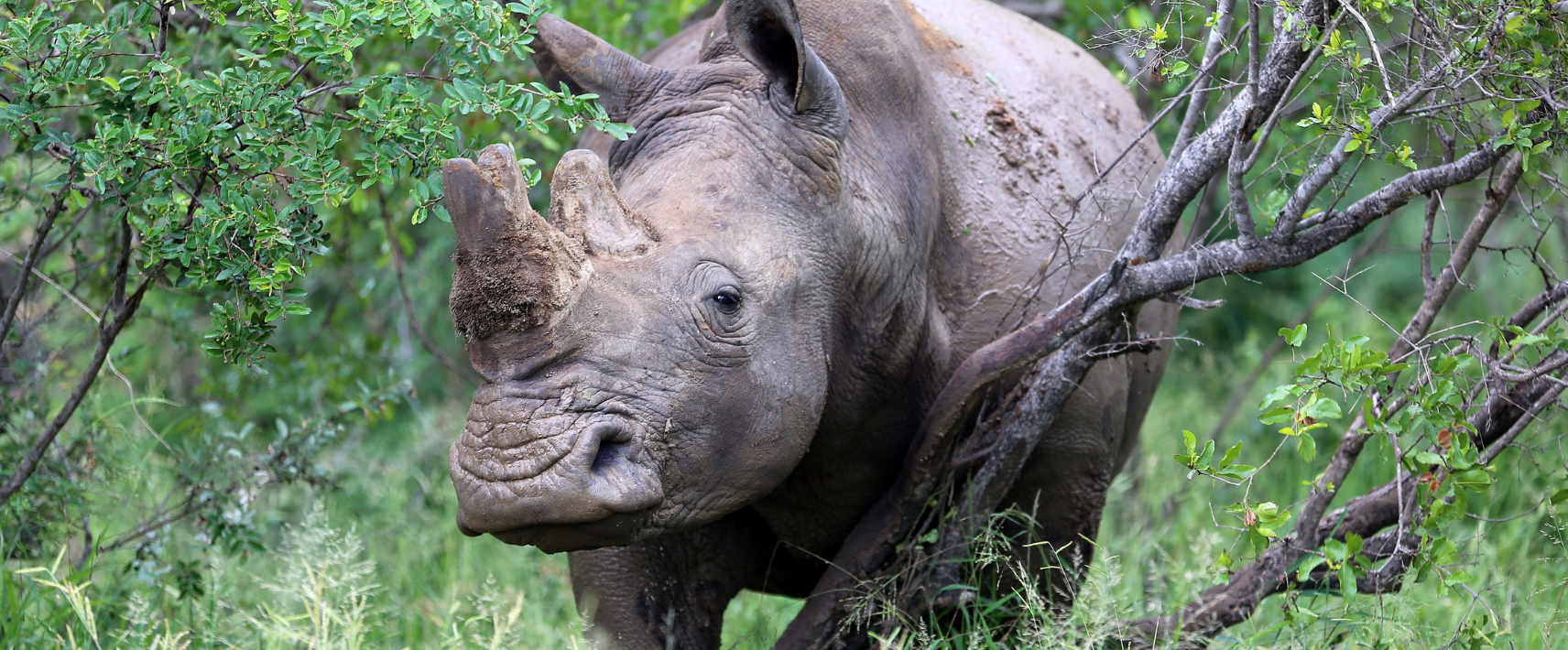One of the most important global meetings on wildlife trade has just wrapped up in Uzbekistan. It’s capital city Samarkand was where governments convened for the 20th Conference of the Parties (CoP20) to the Convention on International Trade in Endangered Species of Wild Fauna and Flora (CITES) to decide how international trade should be managed for some of the world’s most threatened...
A few weeks ago I attended the final meeting of the NSW Flying-fox Netting Subcommittee on behalf of Humane Society International, and the atmosphere of goodwill in the room was palpable. Government policies celebrated by both agricultural and animal welfare sectors have been few and far between of late, making the vision and success of the recently completed NSW Flying-fox Netting Subsidy program that the Subcommittee has been overseeing all the more remarkable.
This program united orchardists and conservationists alike through an effective and straightforward solution to problems we were both facing: orchardists were having their valuable fruit eaten by bats; and conservationists were alarmed at the cruel method typically used to try and stop this occurring – shooting licenced by the NSW National Parks and Wildlife Service. The fix? A grants program tied to a shooting phase-out offering more than $7 million that has seen nearly 700 hectares of orchards throughout the state protected by wildlife-friendly netting.
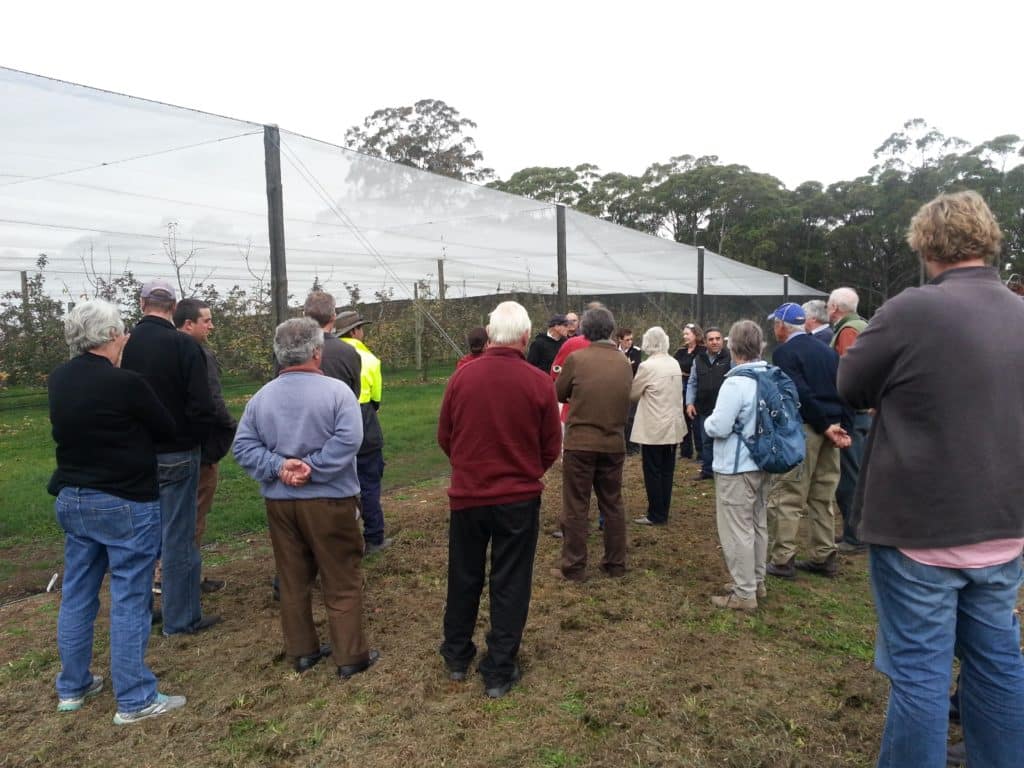
The NSW Government introduced the scheme to subsidise the cost of flying-fox exclusion netting for commercial orchardists in mid-2011. Once a netting subsidy was received, the orchardist was no longer eligible for a shooting licence for that section of their property, and after 2015 shooting licences would be unavailable even to those who hadn’t netted their crops. That is, of course, unless they were a handful of landholders that qualified for ‘special circumstance’ licence exemptions that are set to expire in mid-2020.
The grey-headed flying-fox is a listed threatened species under both NSW and national environment law, but this status wasn’t enough to affect the positive policy solution and stop their licenced shooting due to unrealistically high thresholds of ‘significance’ (severe actions have absurdly been permitted). Instead, it was the conclusion of an independent report commissioned by the Office of Environment and Heritage that:
“the animal welfare issues that result from shooting as a method of mitigating crop damage caused by flying-foxes are unacceptable ethically and legally”
as well as long-term campaigns by Humane Society International and other key stakeholders that led to this ground-breaking program.

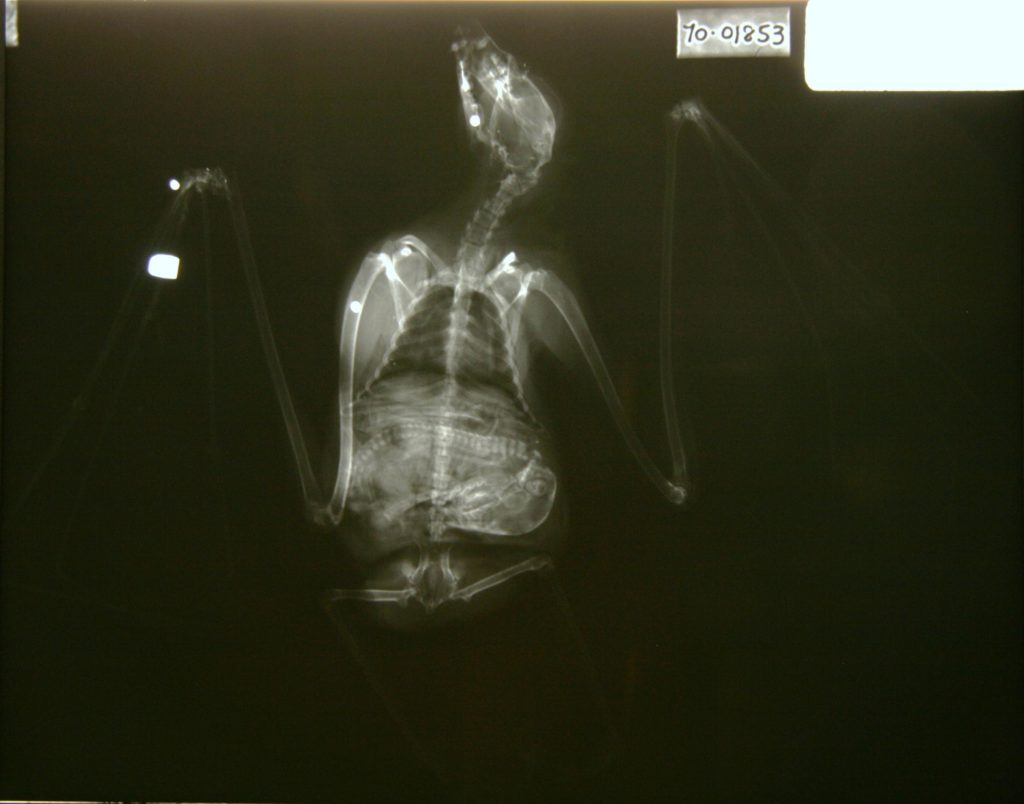
It’s fairly obvious how those preparing the report came to their conclusion that shooting flying-foxes is especially cruel, with gunshot wounds not only capable of resulting in agonising and slow deaths, but the additional (and high) risk of bats with punctured wings being unable to fly. This leads to an incredibly cruel death by starvation, and even more distressingly X-rays of flying-foxes killed through shooting for crop protection showed that some of those that died in this manner were expectant mothers.
And besides, who is really to blame for the flying-foxes taking fruit? It is us people who have cleared their feeding and foraging habitats in what are now urban and agricultural regions, and we again who planted fruit orchards within their range. In the absence of natural sources, such an abundance of food would be impossible to resist for fruit bats and it is entirely unfair and egocentric that what awaits those flying-foxes that drop in for a feed is a hail of shotgun pellets. Fortunately the end of such authorised cruelty in NSW approaches, with the livelihood of orchardists also protected.

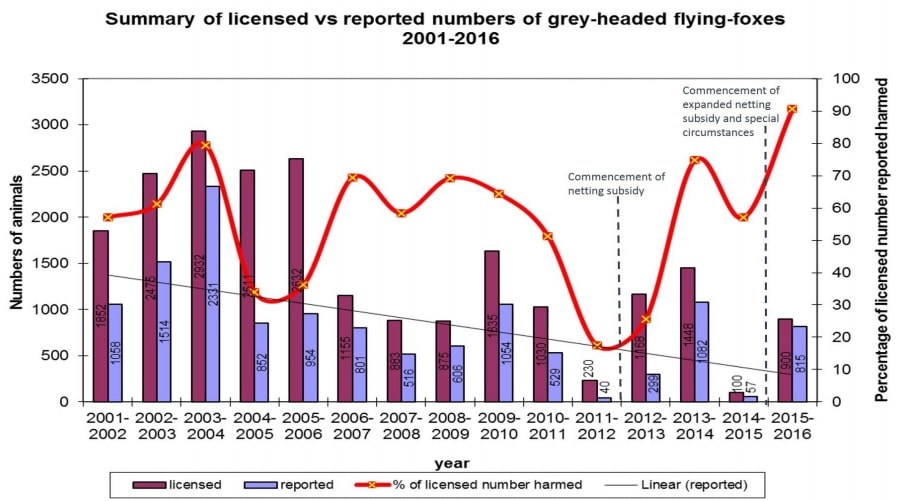
However, ongoing monitoring of licences to shoot flying-foxes for crop protection has shown that the job is far from over. Just the handful of orchardists granted ‘special circumstance’ exemptions to the shooting phase-out have shockingly managed to wipe out many of the gains made throughout the state. The NSW 2014-2016 Annual Report for Commercial Crop Damage by Flying-foxes showed a slight downward trend in grey-headed flying-foxes killed for crop protection over the past 15 years, but this is shifted by the most recently reported figures for the 2016-2017 fruiting season that of 3,703 animals licenced to be shot, nearly 3,000 were killed.
This is an absolutely unacceptable figure and suggests those still undertaking shooting have no intention of slowing down. Humane Society International is highly disappointed, despite our urgings, at the lack of government intervention that has allowed such levels of killing to continue. With the end of these exemptions looming, it is extremely important that the NSW Government holds firm regarding their cessation in the event of continued pressure from those who want to shoot. The legacy of their considerable investment is at stake.
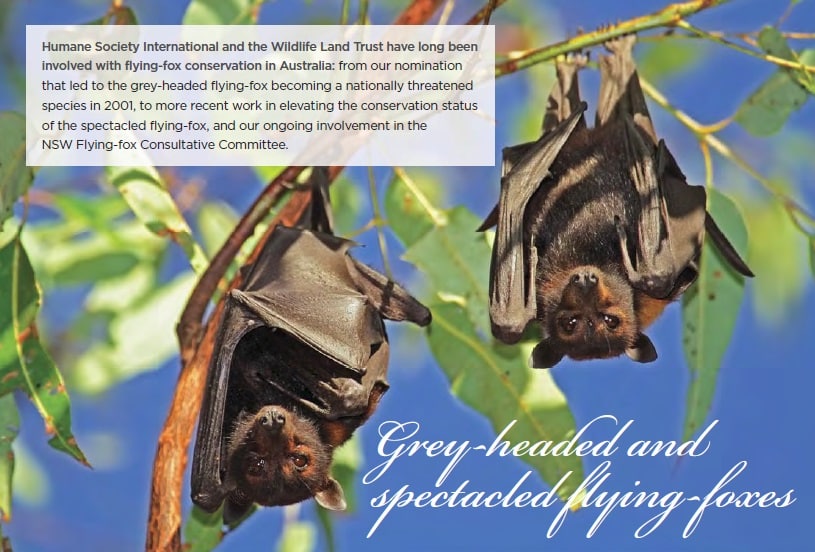
It’s also important to note that while positive programs and policies such as the NSW Flying-fox Netting Subsidy and shooting phase-out are essential to achieving industry change, there remains the serious issue of illegal shooting and under-funded government agencies having the near impossible job of ensuring compliance with the law. It is up to all of us to keep close watch and report any potential instances of illegal shooting of flying-foxes to both the NSW National Parks and Wildlife Service and local police, as well as to urge our parliamentarians to invest in the environment.

